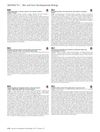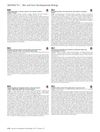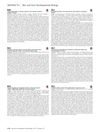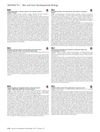Understanding Cellular and Molecular Responses in the Treatment of Pediatric Lymphatic Anomalies
April 2017
in “
Journal of Investigative Dermatology
”
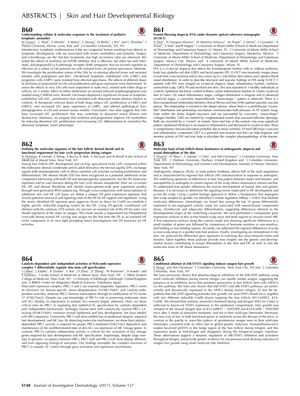
TLDR Sirolimus and propranolol may reduce abnormal cell growth and improve lymphatic malformations in children.
The document presents a study on the cellular and molecular responses in the treatment of pediatric lymphatic anomalies (LMs), specifically examining the effects of sirolimus and propranolol on lymphatic malformations. Lymphatic malformations are congenital lesions that can lead to severe morbidities and mortality, and while surgery and sclerotherapy are first-line treatments, they often have high recurrence rates. The study involved co-staining LM tissues and neonatal foreskin with podoplanin and Ki67, isolating lymphatic endothelial cells (LMEC) and progenitor cells (LMPC) from LM patient specimens, and testing the effects of sirolimus and propranolol on LM cell proliferation and gene expression. Additionally, the effects of these drugs were assessed in vivo using nude mice implanted with LM cells and treated for 5 weeks, as well as in wound-induced lymphangiogenesis studies using C56BI/6 mice. The results showed that LM tissues had increased LEC proliferation, which correlated with abnormal lumen dilation. Both sirolimus and propranolol at therapeutic doses reduced LEC proliferation in LMECs and LMPCs, increased LEC gene expression in LMPCs, and altered pathological lymphangiogenesis in LM and wound mouse models. The conclusion of the study suggests that LMs are characterized by increased LEC proliferation contributing to vessel dilation and dysfunction, and that sirolimus and propranolol may improve LM morbidities by reducing abnormal LEC proliferation and promoting LEC differentiation to normalize the lymphatic vessel phenotype.
